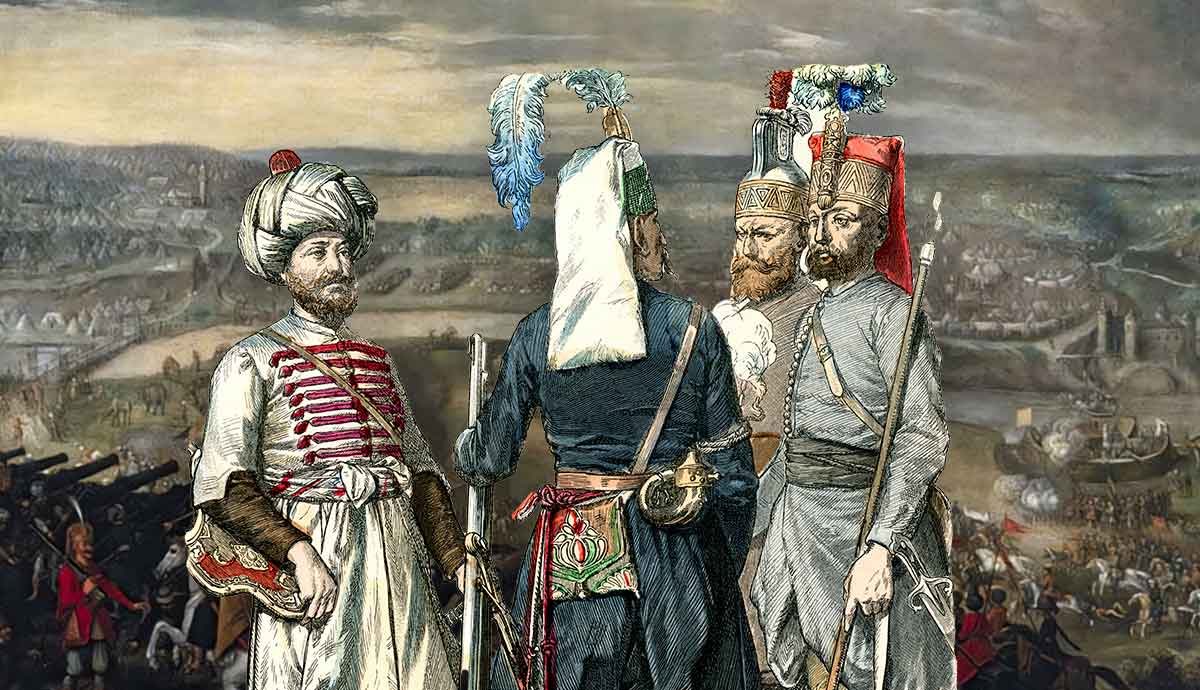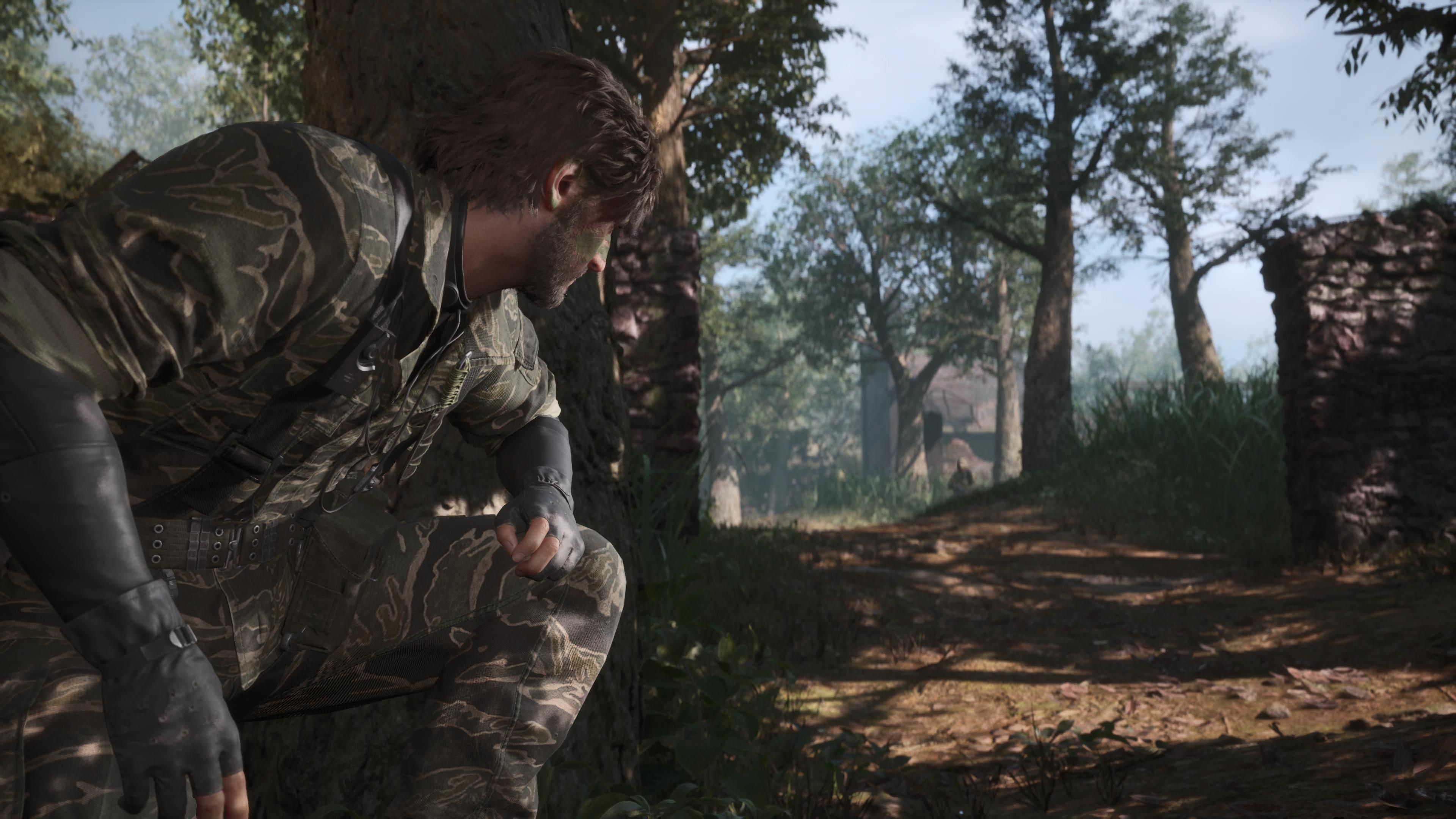
WWW.THECOLLECTOR.COM
The Evolution of Ottoman Warfare From Bows to Canons
As a nomadic people with Central Asian roots, the medieval Ottomans made effective use of the bow, arrow, and sword in warfare. These tools helped them to quickly raid and conquer parts of Europe and Asia. However, in the Early Modern Era, as the Ottomans turned towards larger, fortified cities and towns, they needed to adapt to more destructive and impactful weaponry like guns and cannons.Nomadic WarfareNomadic soldiers using bows and arrows, from Jami-al-Tawarikh, by Rashid-al-Din, ca. 1430s. Source: Wikimedia CommonsThe Ottoman Dynasty emerged in the early 1300s in Western Anatolia (Turkey). Formed mainly by Turkmen, a nomadic Turkic people originating from the Central Asian Steppe, the principality was formed and ruled by a pastoralist chieftain named Osman. Osman was adept in the use of the bow, arrow, and horse, all tools that were instrumental in the rise of nomadic empires like that of the Chingissid Mongols (13th century) or Timurids (14th century).Nomadic warriors called horse archers were the foundation of the early Ottoman military. They were expert archers who would ride at fast speeds, swiftly attacking the enemy and then retreating. These warriors often relied on warfare and raids to obtain goods, such as precious metals and agricultural products, that their pastoralist lifestyle did not produce. These militarized Turkmen were accustomed to the volatility of the steppe, where looting and raiding were commonplace. Osman and his son (and successor) Orhan soon realized that to establish an orderly state in the mainly sedentary and Christian land of Anatolia, they would need a force that counteracted these nomadic warriors.During his reign, Orhan (r. 1323-1362) established a standing army of infantry (yaya) and cavalry (msellem). These paid soldiers were Christians from Balkan territories that the Ottomans were beginning to expand into. During the reign of Orhans son, Murad I, this force had grown and become too expensive to maintain. Armed troops required salaries and were paid in land grants (fiefdoms), where they began to form local power bases. One way of combatting this power was by creating an army of slave soldiers who were solely loyal to the sultan: the Janissaries.The JanissariesTwo janissaries of different rank, by Lambert Wyts, 1573. Source: Wikimedia CommonsAccording to Islamic law, the victors of war are entitled to one-fifth of the war booty. During the reign of Orhan in the mid-14th century, prisoners taken during military campaigns were considered part of this war booty. By the reign of Sultan Murad in 1360, the Ottomans had developed this into the devshirme system, where Balkan Christian boys were taken as slaves and raised in the court, either as janissaries or as statesmen. This child levy, first mentioned in 1483 (although implemented earlier), was a form of tax that Christian populations had to pay for living peacefully under Ottoman rule.The children were converted to Islam and received a military education in the palace. Those who were exceptionally talented were sent to the Enderun, the palace school where future statesmen and princes were educated. As one of the first standing armies to receive a regular paid salary and reside in barracks, the janissaries became a strong and united force. Unlike the nomadic warriors that the Ottomans had relied on in the past, the janissaries did not have clan or familial loyalties. They were kapikulu, or slaves of the sultan, and owed their fealty to his person.The Janissaries were an early form of the modern standing army. They wore distinctive uniforms and capscalled brksand marched to the mehter, or military band music. The corps was organized into several battalions, called ortas. At the time of Sultan Suleyman the Magnificent, there were an estimated 165 Janissary battalions in the empire. These battalions had different functions: some were the sultans bodyguards, and others were infantry or cavalry troops.Mehmeds DreamThe Conquest of Constantinople, by Fausto Zonaro, 1903. Source: Wikimedia CommonsIn contrast to empires like the Timurids and Akkoyunlu, or the other Turkish principalities who rivaled them, the Ottomans were quick to adapt to new military technologies. This became glaringly obvious to European powers during the conquest of Constantinoplethe Byzantine capital cityby the 21-year-old Sultan Mehmed II in 1453.Conquering the city was something of an obsession for the young sultan. Though many before himsuch as his great-grandfather Bayezid Ihad tried, capturing the city was a difficult feat. Constantinoples outer fortifications could not be breached by gunfire, let alone the bows and arrows that the Turks had traditionally relied on. Mehmed knew that he would have to develop a weapon strong enough to damage the defensive Theodosian Walls which consisted of inner and outer walls several meters thick.In the spring of 1453, Mehmed deployed both a naval and land force to besiege the city. His fleet of over 100 ships consisted of small and large galleys, rowboats, and ships to transport horses. However, large chains blocked passage through the Bosphorus, the strait that connected the Black Sea and the Sea of Marmara and separated Asian Anatolia from the European landmass. Mehmed subsequently ordered his lighter galleys to be dragged overland and into the northern part of the Golden Horn, an inlet that flowed into the Bosphorus.When the Turks reached the vicinity of Constantinoples walls, they used colossal canons to breach the walls. However, it was one cannon, built by the Hungarian engineer Orban, that was exceptional for its time. Orbans cannon was capable of firing a 270 kg (42 stone) stone ball over a 1.6-kilometer (0.9 miles) distance. Unlike previous armies that had tried to conquer Constantinople, the Ottomans effective use of gunpowder artillery helped them breach the walls that had protected the city for a millennium.A Gunpowder EmpireCanons and muskets used at the Siege of Esztergom (1543), by Sebastian Vrancx, c. 17th century. Source: Wikimedia CommonsCoined by historians Marshall G.S. Hodgson and William H. McNeill, the term gunpowder empire refers to three early modern Islamic empiresthe Ottomans, Safavids (Persia), and Mughals (India)whose military strength depended upon gunpowder artillery. These empires all had nomadic Central Asian roots and were characterized by their effective use of Chinese gunpowder which allowed them to conquer and dominate vast regions.In the late 15th and early 16th century, the Ottomans began to incorporate smaller gunpowder weaponry into their arsenal. Sources suggest that the Turks used muskets very similar to Spanish ones. One possible cause of this was the Spanish Reconquista and the expulsion of non-Christians in 1492. Jewish and Muslim refugees migrated from Spain to the Ottoman Empire, where they began to practice their trades and crafts.While the use of gunpowder was restricted mostly to large cannons in the late 1400s, during the reign of Suleyman (r. 1520-1566), janissary troops had begun to use early muskets. Sultan Murad III (r. 1575-95) went on to equip his entire janissary corps with matchlock muskets. This was an improvement from small handheld canons that required soldiers to manually light a flame to the gunpowder.The more advanced muskets consisted of a slow-burning piece of string that could be brought into contact with gunpowder through the pulling of a lever. The Ottomans also developed the technique of using these muskets during volley fire, a technique that consisted of lined-up troops who would shoot en masse in the same direction.With the help of these gunpowder weapons, the Ottomans reached the zenith of their military power and territorial size in the 16th century. By the end of Suleymans reign in the 1560s, the Ottoman Empire spanned three continents, stretching from Algiers (Algeria) to Buda (Hungary) to Baghdad (Iraq).Naval Power and PiracyOttoman fleets at the Battle of Lepanto, 1571. Source: Wikimedia CommonsThe Ottoman Navy had existed from at least the mid-1300s. During these early years, it was instrumental in sieges and in the conquests of Mediterranean islands and Black Sea coastlands. It was also used in major conquests, like that of Constantinople in 1453 and Trebizond, the last Byzantine territory, in 1461.Contemporary naval powers, like Portugal, Spain, and Venice, frequently battled the Ottomans for supremacy in the Mediterranean and Levant. Often, European ports in the Arabian peninsulalike Yemen and Omanwere besieged and conquered by the Ottomans; other campaigns, such as those in the Persian Gulf were less successful.The height of Ottoman power in the seas was during Suleymans reign when the famous pirate-turned-admiral Barbaros Hayrettin Pasha (called Barbarossa in the West) secured supremacy over the Italians in the North African Mediterranean region. However, at the Battle of Lepanto in 1571, the Ottoman navy suffered major losses and was almost destroyed.By the 1620s and 30s, the Ottomans had rebuilt their navy and even established a presence in the Atlantic Ocean. The Isle of Lundy, in the Bristol Channel, was captured under the command of the corsair Murat Reis in 1627. The Corsairs recognized the Ottomans as their overlords and allowed them to use the island as a naval base for five years.Ottoman Losses and DeclineOttoman-Hapsburg War of 1565-1568. Source: Wikimedia CommonsBy the late-16th century, the weaknesses in Ottoman military capacity were becoming evident. The Ottomans had lost part of Hungary and Romania to the Hapsburgs in the 1590s. A few decades earlier an alliance of Christian states had defeated the Ottoman navy at the Battle of Lepanto (1571), which played out near Southwestern Greece. However, despite these setbacks, the Ottomans were able to recoup and went on to conquer Tunis (1574), Morocco (1578), and Crete (1669).Further military decline occurred in the 17th century with the rampant corruption in the janissary corps. These elite soldiers began not only to influence but also dominate the trajectory of internal politics. They deposed and assassinated the reformist sultan Osman II in 1622 when he vowed to tighten restrictions on the armed forces. Likewise, the janissaries played a part in the 1651 murder of Ksem Sultan, the immensely powerful former regent and queen mother.In addition to this, the rise of powers like Russia, France, and England in the 18th century, along with the Ottomans inability to adapt to technologies like the bayonet, eventually led to the decline in the military might of the empire.
0 Kommentare
0 Geteilt
139 Ansichten











